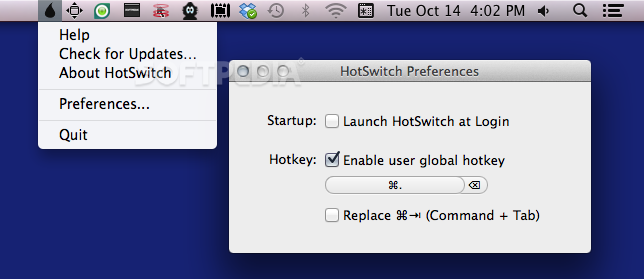

In tent pole programming the programmers bank on a well-known series having so much audience appeal that they can place two unknown series on either side, and it is the strength of the central program that will bring the others along to victory.Shows that are syndicated in this way generally have to have run for several seasons (the rule of thumb is usually 100 episodes) in order to have enough episodes to run without significant repeats. It is commonly restricted to describing the airing of shows which were weekly in their first run The West Wing could be stripped, but not Jeopardy!, as daily is the schedule for which it is intended. Stripping is running a syndicated television series every day of the week.Stacking is a technique used to develop audience flow by grouping together programs with similar appeals to " Sweep" the viewer along from one program to the next (Vane and Gross, 1994, p.175).In Hotswitching, the programmers eliminate any sort of commercial break when one program ends and another begins this immediately hooks the audience into watching the next program without a chance to change the television channel between programs.Public television use this as a way of promoting serious but valuable content. Hammocking is a technique used by broadcasters whereby an unpopular program is scheduled between two popular programs in the hope that viewers will watch it.Daytime television programs are most often geared toward a particular demographic, and what the target audience typically engages in at that time. Dayparting is the practice of dividing the day into several parts, during each of which a different type of radio programming or television programming appropriate for that time is aired.Counterprogramming is used when a time period is filled with a program whose appeal is different from the opponent program because it is a different genre or appeals to a different demographic.This is achieved in a number of ways including: having a program already underway and something compelling happening at a junction point, running a program late so that people ‘hang around’ and miss the start of other programs, or television advertising the next program during the credits of the previous. Bridging is being used when a station tries to prevent the audience from changing channels during a junction point - the main evening breaks where all channels stop programs and shift gear (Ellis, 2000).This is achieved by dragging a storyline over two episodes of two different programs.

Crossprogramming involves the interconnection of two shows.The concept is to provide similar programming to keep the viewers. Block programming occurs when the television network schedules similar programs back-to-back.


 0 kommentar(er)
0 kommentar(er)
